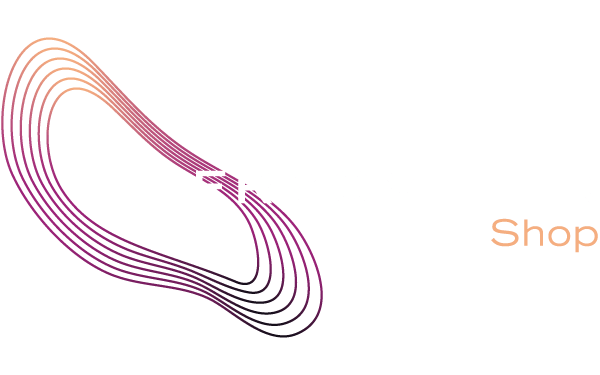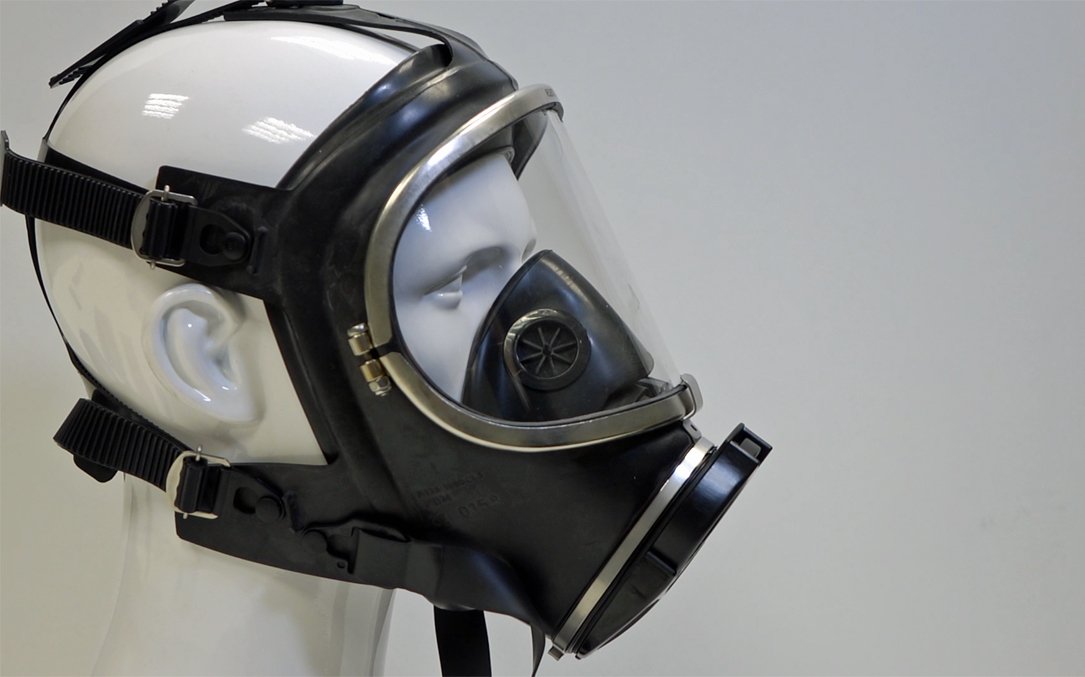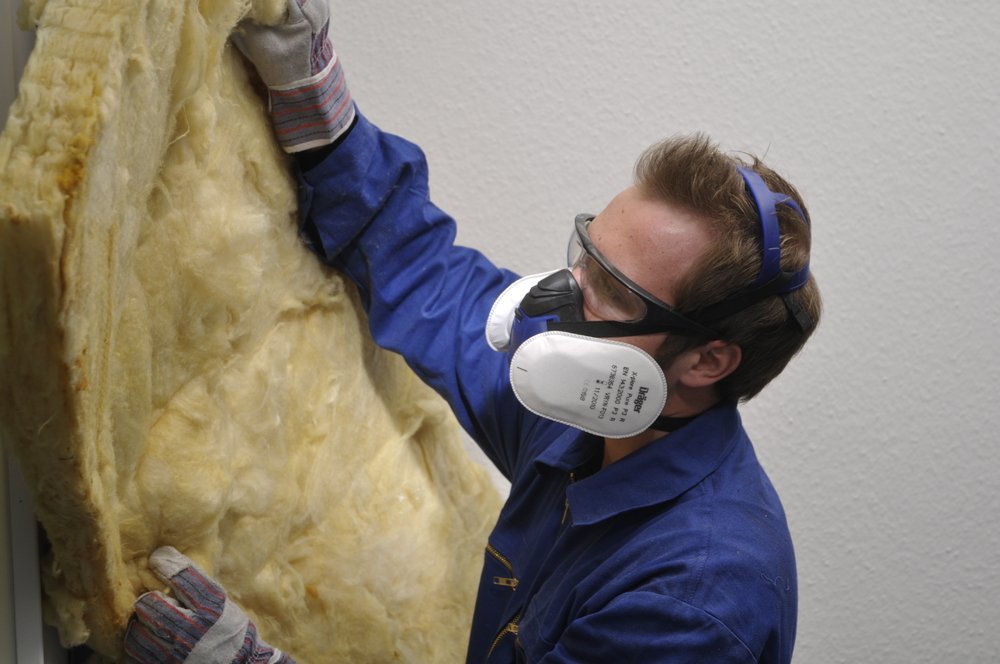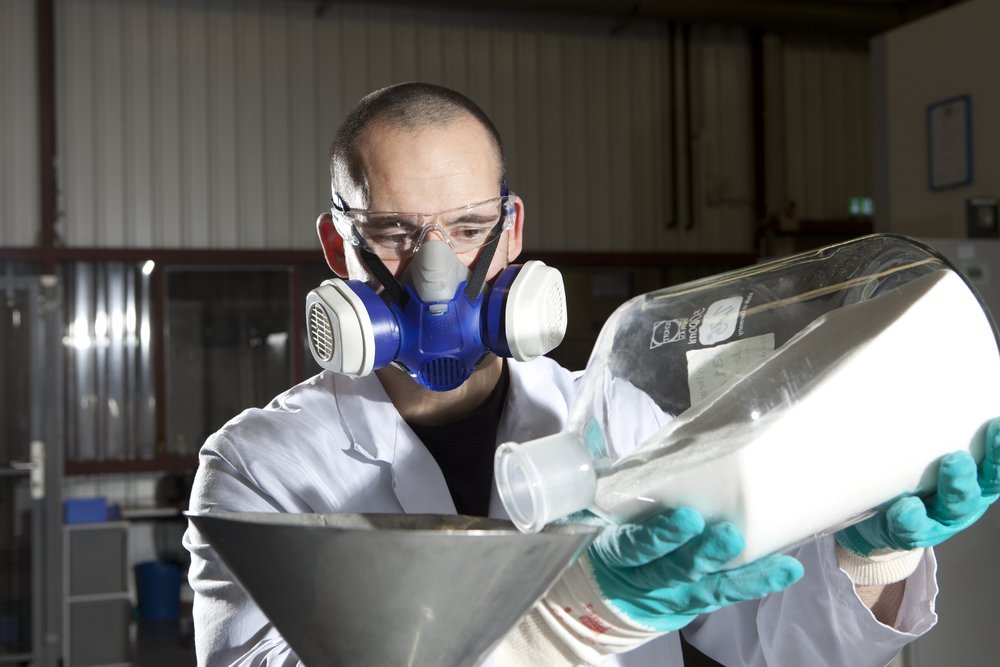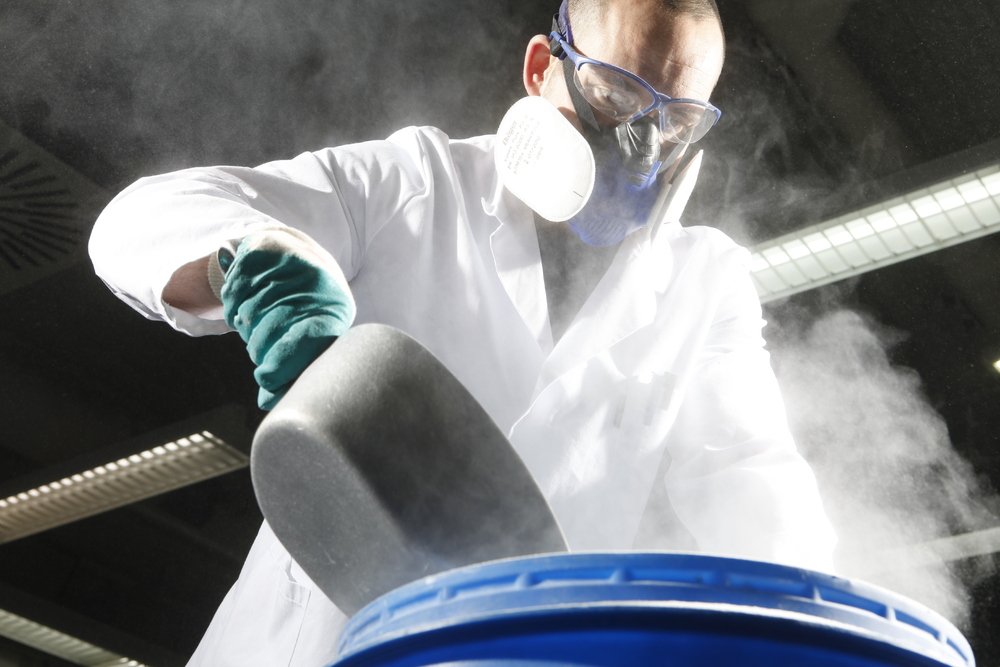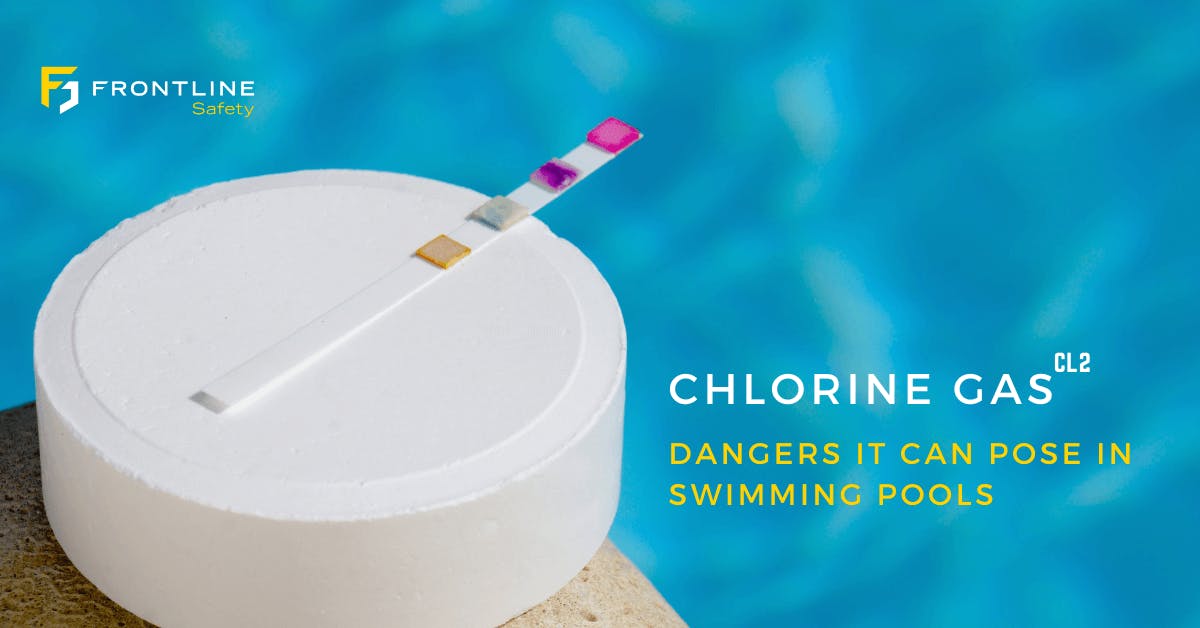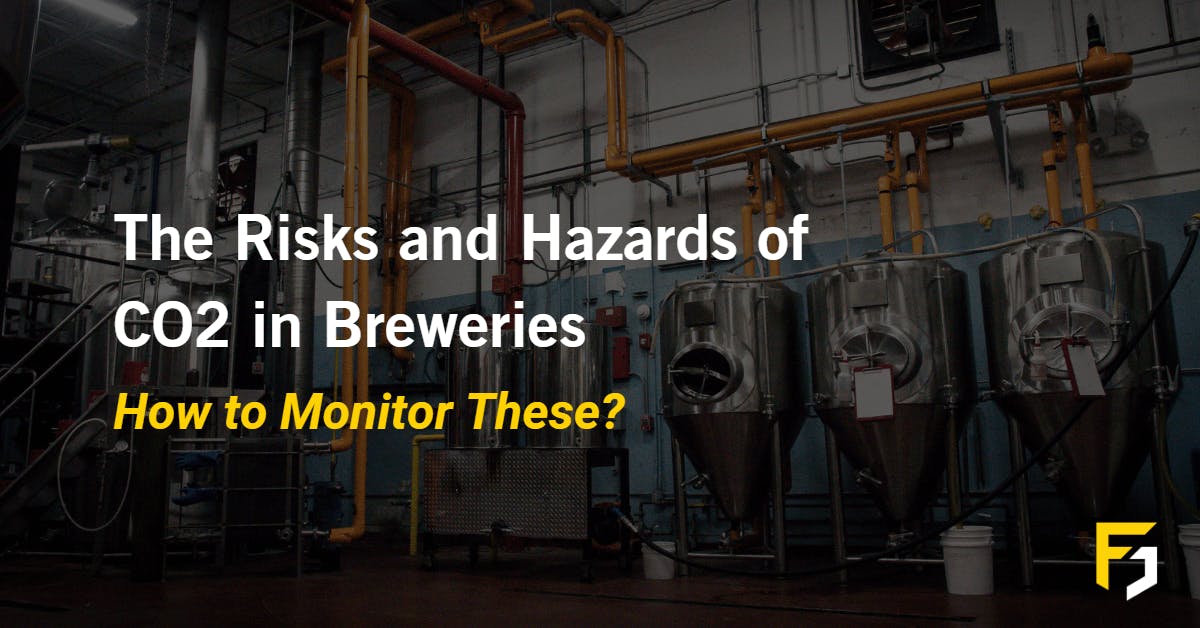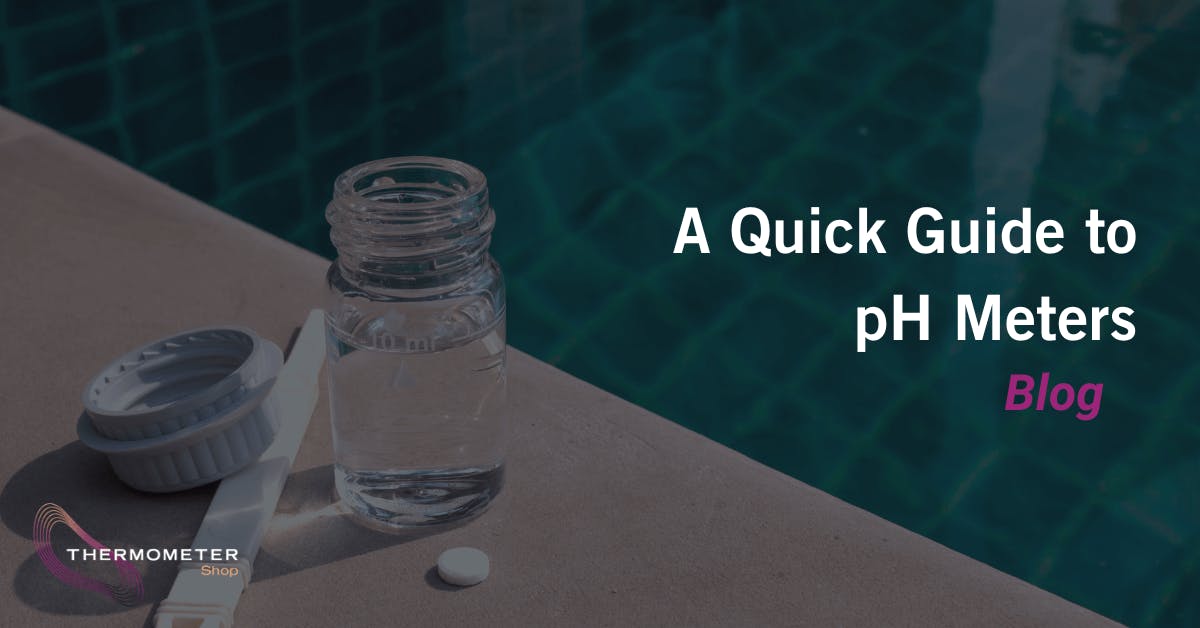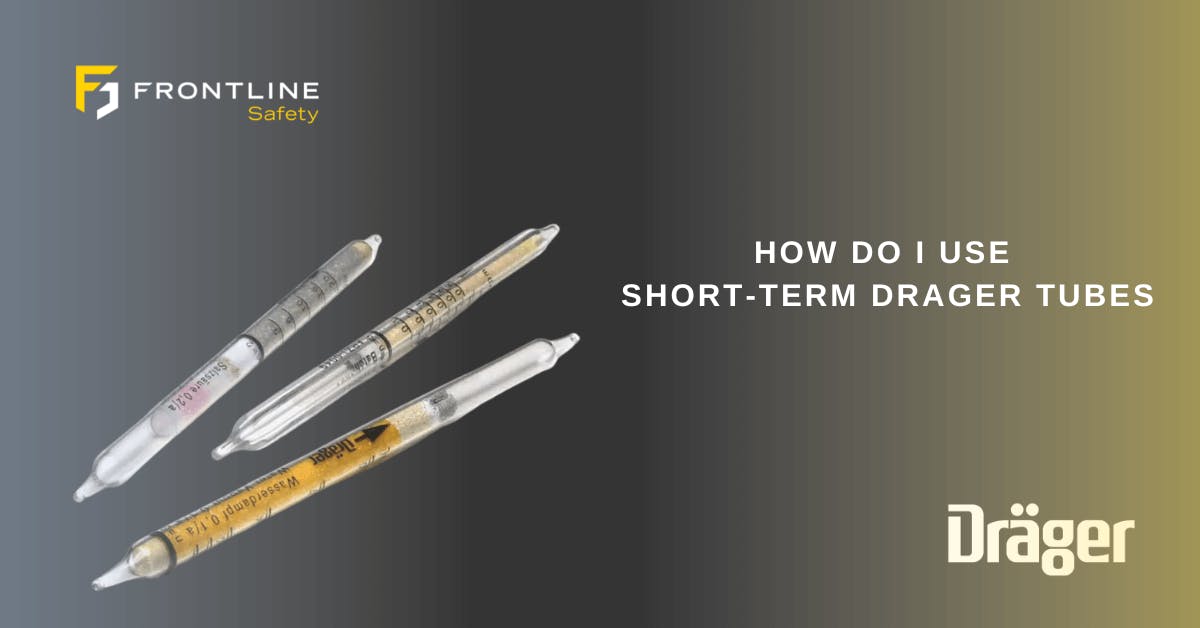
How to Choose a Face Mask and Filter - Frontline Safety Expert Guide
Choosing a face mask and filter is not easy unless you know exactly which level of contaminants you’re facing and what your Occupational Exposure Limits are. The following guide will point you in the right direction and make you aware of some of the issues you need to consider before you choose your face mask and filter.
Know which hazards you’re facing
Before you choose a face mask and filter you’ll need to be sure exactly what hazards you’re facing. The filters we provide are able to protect you against hundreds of contaminants from ammonia to trichloroethane. Click here to view our full range of filters. If you’re not sure which filter will protect you then contact our sales team. We have a list of contaminants and appropriate filters.
However, it’s not as simple as matching the filter with the contaminant. You need to be aware of the concentration of the gases, particles or vapours in the air. Choosing the type of mask (half, full, disposable) will also be affected by the level of contaminants.
Find out the maximum permissible concentration of the contaminant you’re facing through nominal protection factors and occupational exposure limits. The HSE website can guide you on local workplace exposure limits – click here.
 Know your environment
Know your environment
The contaminants aren’t the only thing you need to consider. What type of environment are you operating in? External conditions are really important and things like the amount of oxygen in the ambient air, the air humidity and temperature can all make a difference to the type of respiratory protection you need. Click here to view our range of Dräger face masks.
Our video on Frontline Safety TV highlights these considerations, watch it here.
Know the differences between filter types
Filters are split into two different classes depending on their capacity and efficiency. Gas filters are differentiated by their capacity and their ability to be used at certain levels of concentrations, whereas particle (or dust) filters are differentiated by their efficiency.
Combination filters are also available. Both types of filters are able to offer three different classes of protection – 1, 2 and 3.
For example, class 2 gas filters may be able to be used at higher concentrations for longer periods of time than class 1 filters. Particle filter classes indicate how efficient the filter is in filtering out dangerous particulates and dust. FFP 1 is 80% efficient, FFP 2 is 94% efficient and FFP 3 is 99.95% efficient.
However, it’s vital to bear in mind that this all depends on the concentration of hazards and the environment.
Your filter won’t last forever
Although the filter will protect you for a certain amount of time, you’re going to need to replace it at some point. As mentioned above you’ll need to take into consideration the environment around you and this will also be an important factor in how long your filter will last.
The duration of use, your breathing rate and concentration of the contaminants all play a part in the life of the filter.
Obviously, these factors will vary between applications, so this is why it’s difficult to estimate an exact service life. There are, however, a few recognisable signs that will point to your filter is coming to its end of service life. These include a noticeable smell or taste and increased breathing resistance when wearing the mask and filter.
The shelf life (from date of production) of Dräger filters are as follows:
- Gas and particle combination filters – 6 years
- Particle filters – 12 years
- Filter pads – 3 years
Remember, not all filters can be reused. AX, Carbon Monoxide and Nitrous filters cannot be reused and are for one-time use only.
